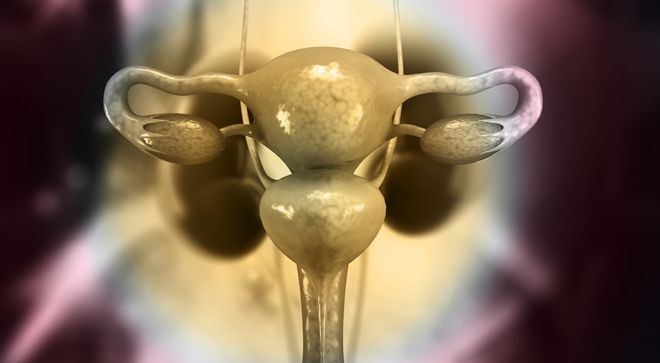Article
Women Should Be Screened for Cervical Cancer Even as They Age
Author(s):
Recent study findings showed that cervical cancer screening rates declined between ages 45 and 65, even as experts advise that women be screened through their lifetime.
Half of cervical cancer cases are diagnosed in women after 49 years old. However, regular screening for the disease begins to drop off at age 45, according to recent study findings.
Researchers from the University of Michigan Rogel Cancer Center analyzed three large national surveys, one from the Centers for Disease Control, the National Cancer Institute's Health Information National Trends Survey and the Health Resources and Services Administration's Bureau of Primary Health Care's Health Center Patient Survey, that included nearly 80,000 people. The following demographics were reviewed in each survey: age, education, race/ethnicity, geolocation and insurance.
The researchers discovered that between ages 45 and 65, screening participation steadily declined. In addition, women with lower levels of education and those who live in rural areas had lower screening rates.
“I was surprised that the screening rates were so low, especially among the rural white women who receive their primary health care from federally qualified health centers,” senior study author Dr. Diane Harper, a professor in the departments of Family Medicine and Obstetrics & Gynecology at the University of Michigan Medical School, said in an interview with CURE®. “I was assuredly surprised that all three federally funded databases indicated the same trends for screening participation.”
Although there are no definitive answers as to why certain women choose to not be screened, Harper hypothesized that as women become menopausal, they are less inclined to seek pelvic exams and they may also perceive other chronic diseases as more life-threatening, such as COPD, emphysema, arthritis, hypertension and high cholesterol. Physicians may also not be comfortable asking older women to disrobe for a pelvic exam, she explained.
Cervical cancer is caused by the human papillomavirus (HPV), according to the American Cancer Society. However, not everyone who gets HPV will develop cervical cancer. “There is much emphasis and information in the public sphere, media and from the institutes that fund research about vaccinating 11 to 13 years olds with Gardasil 9 (a vaccine for adults up to age 45 that helps protect against cervical, vaginal, vulvar and anal cancer, as well as genital warts caused by 9 types of HPV) but not much accompanying information that all women need to continue to be screened throughout their lifetime,” Harper said.
To help lower the incidence of cervical cancer, health care professionals must work to engage women in the 45 to 65 age range. “The biggest take away message is that women 45 to 65 years old should be asking their doctors for primary HPV testing every five years,” Harper said.
Two screening tests can detect for cervical cancer — the Pap test performed during a pelvic exam that can identify pre-cancerous cells and early-stage cancers and directly testing for HPV.
Here is how often women should be screened, according to Harper:
- Women 21 to 29 years old, every three years with a cell sample.
- Women with no prior treatment for CIN 2/3 disease (abnormal cells found on the surface of the cervix) or for cervical cancer, every five years starting at age 30 through 65 with primary high-risk HPV testing.
- Women who have been treated for CIN 2/3 disease, at least 20 years of screening after initial treatment for CIN 2/3.
- Women who have had cervical cancer should discuss screening with their oncologist.
Harper and her team are working on ways for women to self-sample for high risk HPV types that might gain approval from the Food and Drug Administration, she explained. “(This would) allow women to gently sample themselves in a place of safety and comfort,” Harper said.





